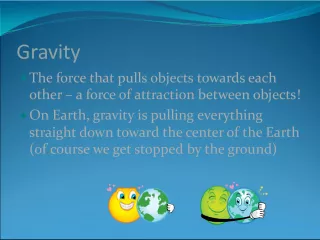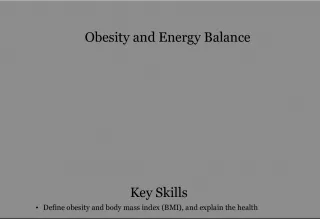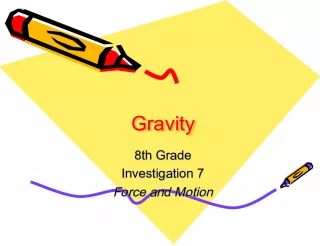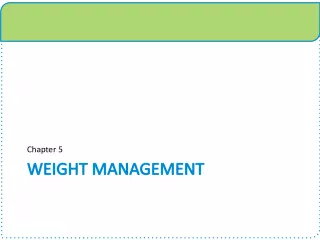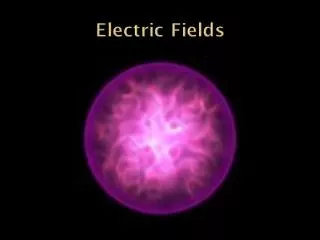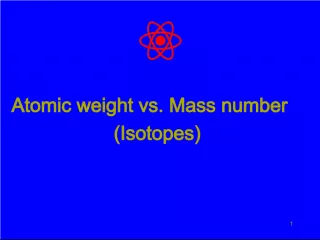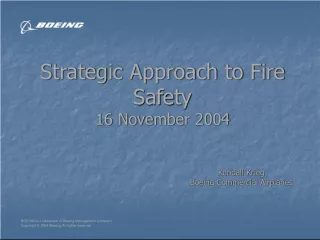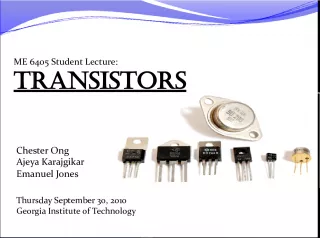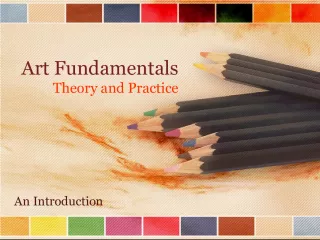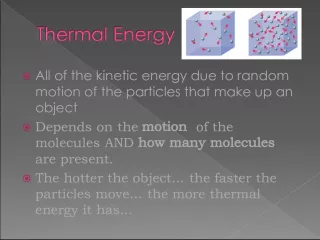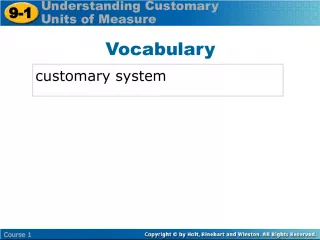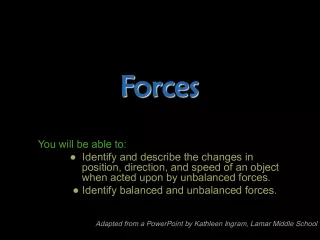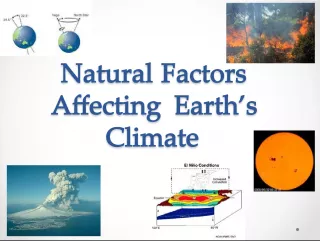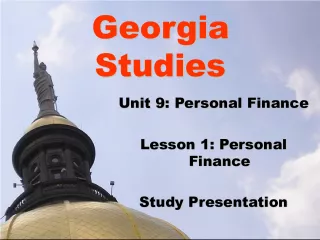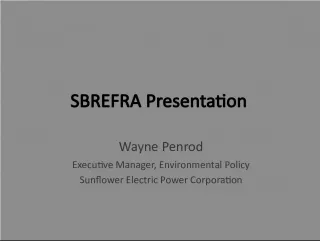Understanding the Fundamentals of Airplanes - The Four Factors and Weight & Gravity
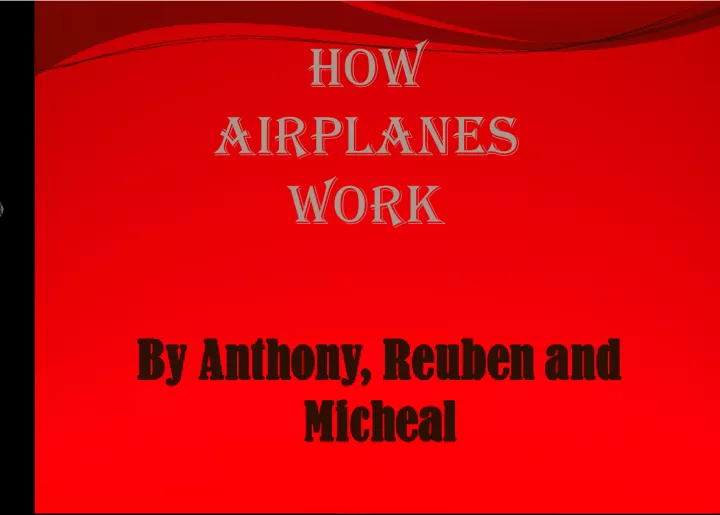

This article covers the basics of airplane mechanics, including the four factors that affect flight, how the wing and engine work, who invented the first airplane, and the crucial role of weight and gravity in flight.
- Uploaded on | 0 Views
-
 arpithasaniel
arpithasaniel
About Understanding the Fundamentals of Airplanes - The Four Factors and Weight & Gravity
PowerPoint presentation about 'Understanding the Fundamentals of Airplanes - The Four Factors and Weight & Gravity'. This presentation describes the topic on This article covers the basics of airplane mechanics, including the four factors that affect flight, how the wing and engine work, who invented the first airplane, and the crucial role of weight and gravity in flight.. The key topics included in this slideshow are . Download this presentation absolutely free.
Presentation Transcript
1. How airplanes work
2. Contents 2: The four factors 3: How the wing works 4: How the engine works 1: Who made the first airplane 5: Conclusion
4. Weight Weight weight is a force that is always directed toward the centre of the earth (gravity). The lot of the weight depends on the mass of all the airplane parts, plus the amount of fuel, plus any load on board (people, baggage, freight, etc.). The weight is distributed throughout the airplane. But we can often think of it as collected and acting through a single point called the centre of gravity . In flight, the airplane rotates about the centre of gravity.
5. To overcome weight, airplanes generate an opposing force called lift. Lift is generated by the movement of the airplane through the air and is a aerodynamic . " Aero " stands for the air, and " dynamic " denotes motion. Lift is directed perpendicular to the flight direction. The magnitude of the lift depends on several factors including the shape, size, and velocity of the aircraft. As with weight, each part of the aircraft contributes to the aircraft lift force. Most of the lift is generated by the wings. Aircraft lift acts through a single point called the centre of pressure. The centre of pressure is defined just like the centre of gravity, but using the pressure distribution around the body instead of the weight distribution.
6. Drag As the airplane moves through the air, there is another aerodynamic force present. The air resists the motion of the aircraft and the resistance force is called drag. Drag is directed along and opposed to the flight direction. Like lift, there are many face that affect the magnitude of the drag force including the shape of the aircraft, the “stic k iness” of the air, and the velocity of the aircraft. Like lift, we collect all of the individual components' drags and combine them into a single aircraft drag magnitude. And like lift, drag acts through the aircraft centre of pressure.
7. Thrust To overcome drag, airplanes use a propulsion system to generate a force called thrust. The direction of the thrust force depends on how the engines are attached to the aircraft. In the figure shown above, two turbine engines are located under the wings, parallel to the body, with thrust acting along the body centreline. On some aircraft, such as the Harrier, the thrust direction can be varied to help the airplane take off in a very short distance. The magnitude of the thrust depends on many factors associated with the propulsion system including the type of engine, the number of engines, and the throttle setting.
9. The Wright brothers designed and developed the first airplane in the early 1900s. The first airplane was made after a lot of trial and error, and to know how the first airplane was made, you have to know the history that went into it. Before they made their first airplane, they developed a series of gliders that helped them study the wind and understand how objects moved in the sky. The Wright brothers studied birds and how their wings soared in the wind. While watching the birds, they noticed how their wings changed shape in order to move and turn in the sky. They used this technique to create wings they would use for the aircrafts.
11. Airplane wings are created with a special design called an airfoil. The airfoil design bulges out more on the top than on the bottom. This causes the air that hits the wing to go off into two different streams, one that goes over the top and one that goes under and they both meet up in the back. The wings help to lift the plane by aerofoil. The gravity pressure builds on the bottom of the wing and the top loses pressure.
12. . All jet engines, which are also called gas turbines, work on the same principle. The engine sucks air in at the front with a fan. A compressor raises the pressure of the air. The compressor is made up of fans with many blades and attached to a shaft. The blades compress the air. The compressed air is then sprayed with fuel and an electric spark lights the mixture. The burning gases expand and blast out through the nozzle, at the back of the engine. As the jets of gas shoot backward, the engine and the aircraft are thrust forward.
13. In conclusion an airplane relies on the four forces and the gravity on the wing and the force of the engine.
